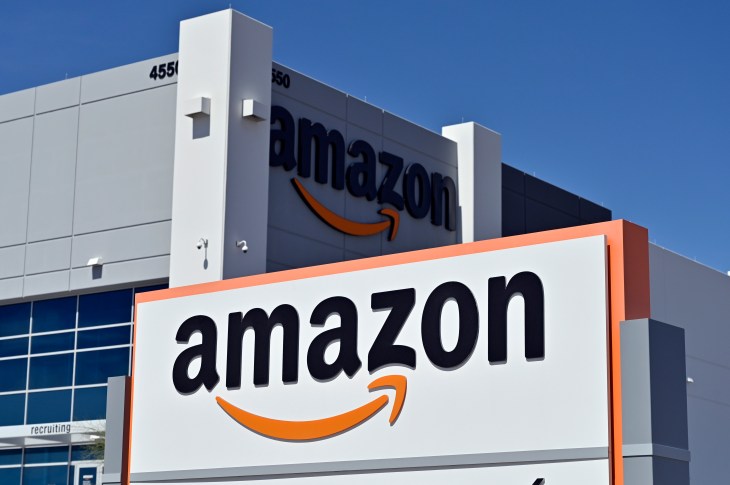
Amazon.com (AMZN.O) used a number of illegal strategies to boost profits at its online retail empire, including an algorithm that increased prices paid by US households by more than $1 billion, according to a new court filing on Thursday.
The FTC lawsuit was filed in September, but many details were withheld until Thursday when a version of the lawsuit with fewer redactions was made public in the United States District Court for the District of Columbia.
Amazon, which has 1 billion items in its online superstore, created a “secret algorithm internally code-named ‘Project Nessie’ to identify specific products for which it predicts other online stores will follow Amazon’s price increases…. Amazon used Project Nessie to extract more than a billion dollars directly from Americans’ pocketbooks,” the FTC said.
According to Amazon spokesperson Tim Doyle, the FTC “grossly mischaracterizes” the pricing tool, which the company discontinued using several years ago.
“Nessie was used to try to stop our price matching from resulting in unusual outcomes where prices became so low that they were unsustainable,” Doyle said.
Amazon paused the algorithm during its Prime Day sales when it received more media and customer attention
According to the complaint, Amazon began testing the pricing algorithm in 2010 to see if other online retailers tracked its prices and to raise prices for products that were likely to be tracked by competitors.
The FTC claimed that after other retailers began matching or raising their own prices, Amazon would continue to sell the product at an inflated price, resulting in a $1 billion profit.
According to the FTC, Amazon paused the algorithm during its Prime Day sales events and the holiday shopping season, when the online retailer received more media and customer attention.
“After the public’s focus turned elsewhere, Amazon turned Project Nessie back on and ran it more widely to make up for the pause,” the lawsuit said.
According to the complaint, Amazon used it in April 2018 to set prices for more than 8 million items purchased by customers, totaling nearly $194 million, before pausing it in 2019.
According to the complaint, Amazon retail executive Doug Herrington inquired in January 2022 about using “old friend Nessie, perhaps with some new targeting logic,” to boost profits for Amazon’s retail arm.
Amazon also required Prime sellers to use its logistics and delivery services
The FTC dubbed Nessie’s algorithm an “unfair method of competition” because it induces other online retailers to raise their prices, allowing Amazon to do the same.
The FTC complaint also accuses Amazon of attempting to conceal information about its operations from antitrust regulators by using the Signal messaging app’s disappearing message feature and claims that the company destroyed communications between June 2019 and early 2022.
According to the FTC, Amazon also required Prime sellers to use its logistics and delivery services, despite the fact that many would prefer to use a cheaper service or one that also served customers from other platforms where they sell.
The FTC claimed that an unnamed Amazon executive in charge of global fulfillment had a “oh crap” moment when he realized that allowing sellers to be on Prime without using Fulfillment by Amazon was “fundamentally weakening (Amazon’s) competitive advantage” by encouraging sellers “to run their own warehouses.”
Amazon does not allow other large online retailers, such as Walmart.com, to sell on its platform
According to the FTC, Amazon’s average fees for sellers who use its fulfillment services increased from 27% in 2014 to 39.5% in 2018.
The FTC stated in its complaint that Amazon does not allow other large online retailers, such as Walmart.com, to sell on its platform. Mr. Bezos testified that Amazon treats Walmart.com differently than smaller sellers because “it’s just different because of the scale, because of the competitive situation, and so on.”
According to a heavily redacted section of the lawsuit, Amazon allegedly discouraged Walmart in 2017 from offering discounts to online shoppers who picked up their purchases from Walmart stores.
According to the complaint, one Amazon seller adopted a policy of “absolutely ensuring that our products are not priced lower on Walmart than they are on Amazon” in response to Amazon’s pressure.






